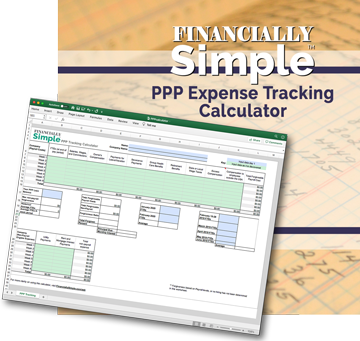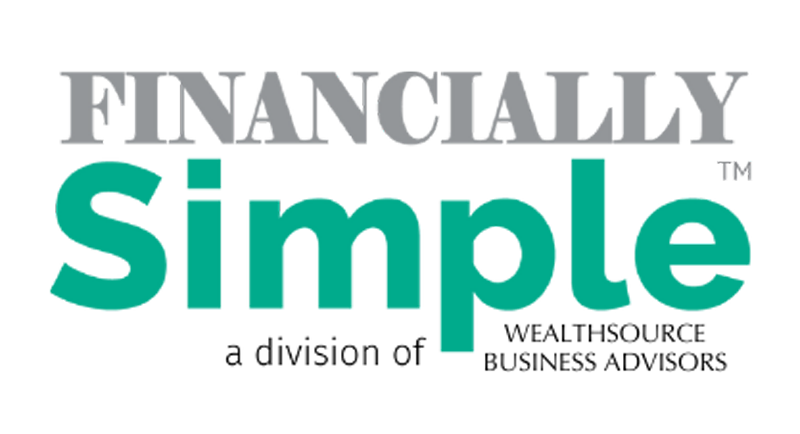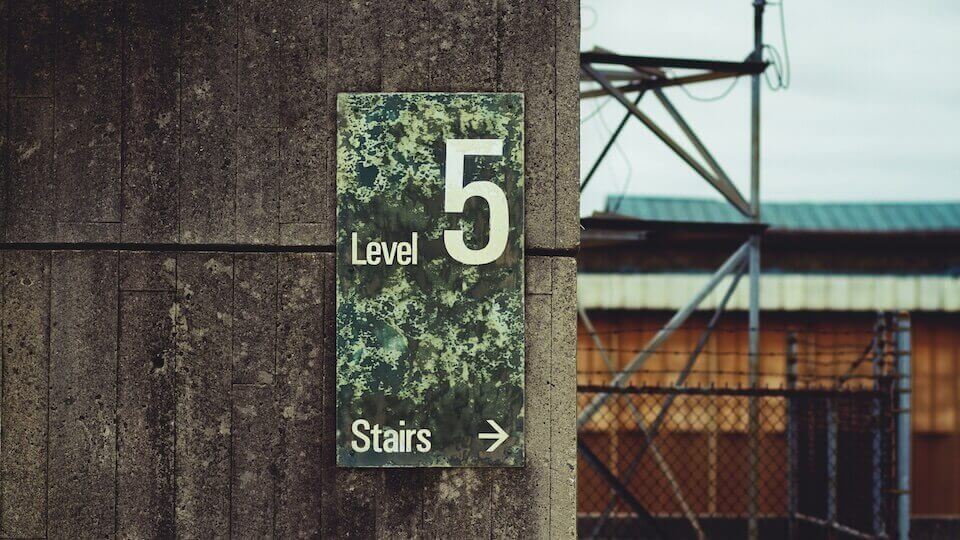
Moving to A Remote Workforce Due To COVID-19 – Pros, Cons, Implementation
April 1, 2020
Turnaround Management: 4 Essential Techniques for Restarting Your Business
April 16, 2020SBA’s Economic Injury Disaster Loans – Immediate Hope For Businesses

Last update – 2:13 PM, February 8, 2022
Over the course of the COVID-19 pandemic, news and information have changed at a frenetic pace.* As the information on the Senate Cares Act was released on 3-27-2020, it was already in the process of changing. So what has the Cares Act changed for us, as business owners, in regards to the Economic Injury Disaster Loan? What do we do with this new information? Who is eligible? What portion of the loans will be forgiven? These are just some of the questions that we will address as we look at the update to the Cares Act and what to do now.
Overview of EIDL – SBA 7(b)
The first part of today’s article is going to focus on Economic Injury Disaster Loans (EIDL) also known as SBA 7(b) loans. These loans exist to help us whenever we need help meeting our working capital needs as a result of a natural disaster. Let’s face it, folks… the coronavirus is a natural disaster. Economic injury disaster loans are used to pay for things like fixed debts, payroll, accounts payable, and other bills that can’t be paid due to a natural disaster.
One thing to remember is that there are two different SBA loan categories in this legislation. The EIDL or 7(b) loans are NOT forgivable. In order to be eligible for loan 7(b), your business must have fewer than 500 employees. The business can be a non-profit organization. However, our understanding, at the time of this writing, is if you’re operating a non-profit business you MUST have a product to sell in order to be eligible. This very fact excludes most religious organizations. Eligible businesses must have endured a substantial economic injury.
Essentially, this means that you are no longer able to meet your obligations or pay your normal operating expenses. For example, many entrepreneurial dentists aren’t able to see patients for the next six to eight weeks. This will greatly impact their ability to cover costs. That’s really what loan 7(b) is there for.
How Much Money Is Available with a 7(b)?
The EIDL can provide up to $2 MM but the actual loan amount is based on your specific amount of economic injury. Basically, what they are looking at is around half of the prior year’s profit, not exceeding $500,000. From a historic sense, 95% of Economic Injury Disaster Loans have not exceeded $500,000. Look, these loans are really meant to provide us with just enough to get by. If we use some common sense, the Small Business Administration should be able to help us through a tough time.
Now, here’s where this gets interesting, folks. SBA loan 7(b)’s goal is to provide a grant in the form of up to a $10,000 emergency advance in as little as three days of submitting the application. That’s up to $10,000 that doesn’t have to be repaid. However, if you apply for loans 7(b) and 7(a), the amount of the advance will be used to reduce the loan forgiveness amount.
The Necessary Details
The Economic Injury Disaster Loan carries a rate of up to 3.75% for up to a thirty-year term. The new legislation does include a pretty cool feature, though. The Act waives the individual guarantee and the requirement to show that you were unable to get credit from another source. In addition, the first year’s principal and interest are deferrable.
You will need to fill out the EIDL application along with a form that allows the SBA to pull your tax records. Likewise, you may need to provide complete copies of your most recent federal income tax return. In addition, you will need to complete a schedule of liabilities and provide a personal financial statement.
Regardless of when you plan to apply for the EIDL and/or the SBA 7(a) Paycheck Protection Program, it may be beneficial to speak with your CFP or your tax planner about compiling all of the data you will need for the application process. They can help you make sense of some of the more complex aspects of the legislation.
Let me be clear, I am NOT recommending this loan (or any form of legal, financial, or even tax advice). I am simply educating you about its benefits. You should always conduct your own due diligence and seek the advice of your attorney, certified financial planner, and tax advisor before making major business or economic decisions about your specific situation.
What Happens Once You’ve Applied?
As I mentioned earlier, the SBA’s goal is to provide an emergency grant of up to $10,000 within three days of your application. However, due to the sheer number of applications, the timeframe for receiving that grant is a bit more fluid.
There are no application fees. There is no obligation to accept the funds from loan 7(b). You can simply take the grant. However, if you decide to take the loan, the SBA will make a lump sum deposit into your account within thirty days of your application. Although you can use loan 7(b) in conjunction with the SBA 7(a) loan program, there are a few differences between the two.
RELATED READING: The Senate CARES Bill and Small Business – The Key Points
 SBA 7(a): Paycheck Protection Program
SBA 7(a): Paycheck Protection Program
There are a few things that are important to understand about why the SBA 7(a) PPP exists and how it can benefit your business. Under the Cares Act, the government has provided $350 billion for paycheck protection loans. These loans are issued under the SBA 7(a) loan program and differ from the 7(b) in their basic form and function. SBA 7(a) is intended to cover payroll costs, business mortgage interest payments, etc… Whereas the EIDL covers accounts payable, fixed debts, and things of that nature. So who is eligible for the paycheck protection program?
Eligible Borrowers
To qualify for the paycheck protection program, business owners must have been operational on February 15, 2020. The borrower has to have paid salaries and payroll taxes of employees. With the new legislation, sole proprietors and independent contractors are also eligible. Keep in mind, you are required to make a good faith certification that you have been impacted by COVID-19.
Similarly, you must show that you will use the funds to retain workers, maintain payroll, and pay other obligations. Unlike the usual 7(a) criteria, there is no requirement to evaluate the borrower’s ability to repay the loan. Although, the borrower must certify that the current economic conditions make the loan request necessary to the daily operation of their business. Similarly, the business owner must acknowledge that the funds will be used for the purposes of maintaining payroll, making lease or mortgage payments, and paying for utilities.
How Much Can Be Borrowed Under The Paycheck Protection Program?
The amount of the loan is based on your average monthly payroll costs across the previous year. However, the one-year period is a bit of a moving target. It begins one year from the date of the loan. Therefore, if you hired several employees late in the year, you might choose to wait to apply for SBA 7(a). The reason for such a strategy lies in the way your maximum loan is calculated.
The loan is based on the average monthly payroll cost — under $100,000 — from the previous year, multiplied by 2.5. The formula looks like this:
Company Payroll + Owner’s Compensation x 2.5 = Maximum Loan
This is applicable to up to $10 million. It is worth noting that there are things that you can use the loan for besides “payroll costs.” However, the maximum loan computation is based solely on “payroll costs.”
What Are The Terms?
The paycheck protection program doesn’t require personal guarantees. As long as you don’t misuse the loan, there is no recourse. The unforgiven portion of the loan has a very low-interest (lower than 4%) rate on the maximum duration of ten years. The SBA has stated that they will allow complete payment deferrals for six months to a year. The website suggests that they will have some guidance on the deferrals, coming soon.
SBA 7(a) loans are eligible for loan forgiveness in an amount equal to the sum of payroll costs, interest payments on mortgages — incurred prior to February 15, 2020 — rent, and utility payments made during the covered period. Forgiveness does not apply to amounts greater than the loan’s principal. In addition, forgiveness will be reduced in proportion to the reduction of employees retained. Likewise, forgiveness is reduced proportionately if employee salaries are cut by more than 25%.
Documentation Required for Forgiveness
To receive loan forgiveness, you must provide certain information. This includes a detailed account of the number of employees and their compensation. Any payments for mortgage interest, business rent, and utilities require canceled checks, receipts, or account statements. A representative must certify that all information submitted is true and that the funds were used for the appropriate payments. In addition, the administrator may ask for supplemental documentation.
Remember, as soon as three days after applying for 7(b), you will receive a $10,000 emergency grant. However, the grant will be counted against your loan forgiveness if you use loan 7(b) in conjunction with SBA 7(a). It is important to note that the triggering date of the eight-week forgiveness is the date that the SBA approves the funds.
Once again, I want to remind you that this article is NOT financial advice. Talk with your own financial planner about your unique situation and make decisions that are right for you and your business.
Folks, I know that these are trying times. There is a lot of uncertainty and misinformation out there. Attempting to make sense of it all can be frustrating. But with a little information and the right team of experts to support you, — an area in which we are very blessed— we can at least make our lives financially simple.
If you have questions about how this information might apply to you or if you’re just in need of expert business planning services, please reach out to us!
* We will keep updating the details of the SBA’s 7(a) & 7(b) loan programs as new information becomes available. So check back often.



